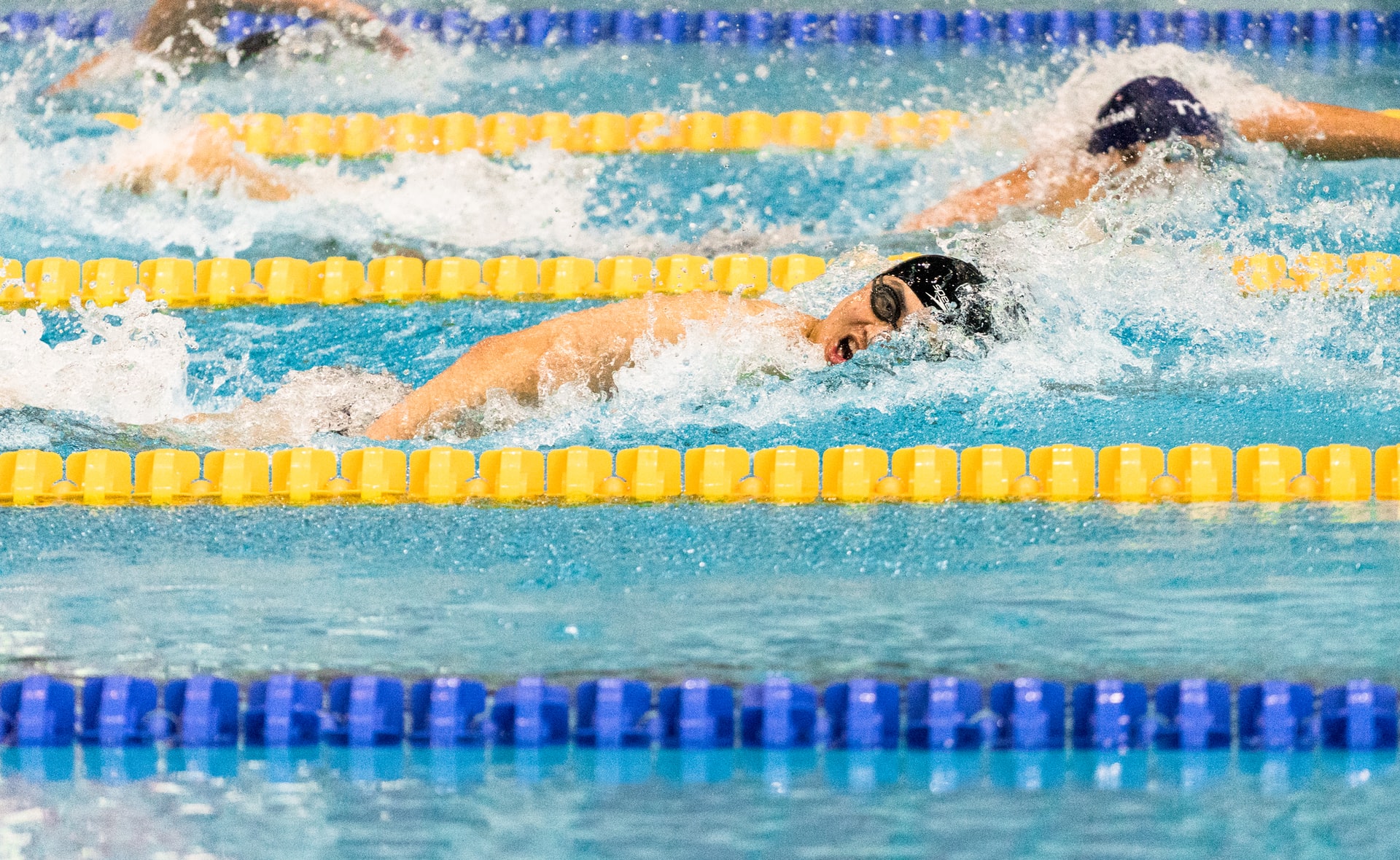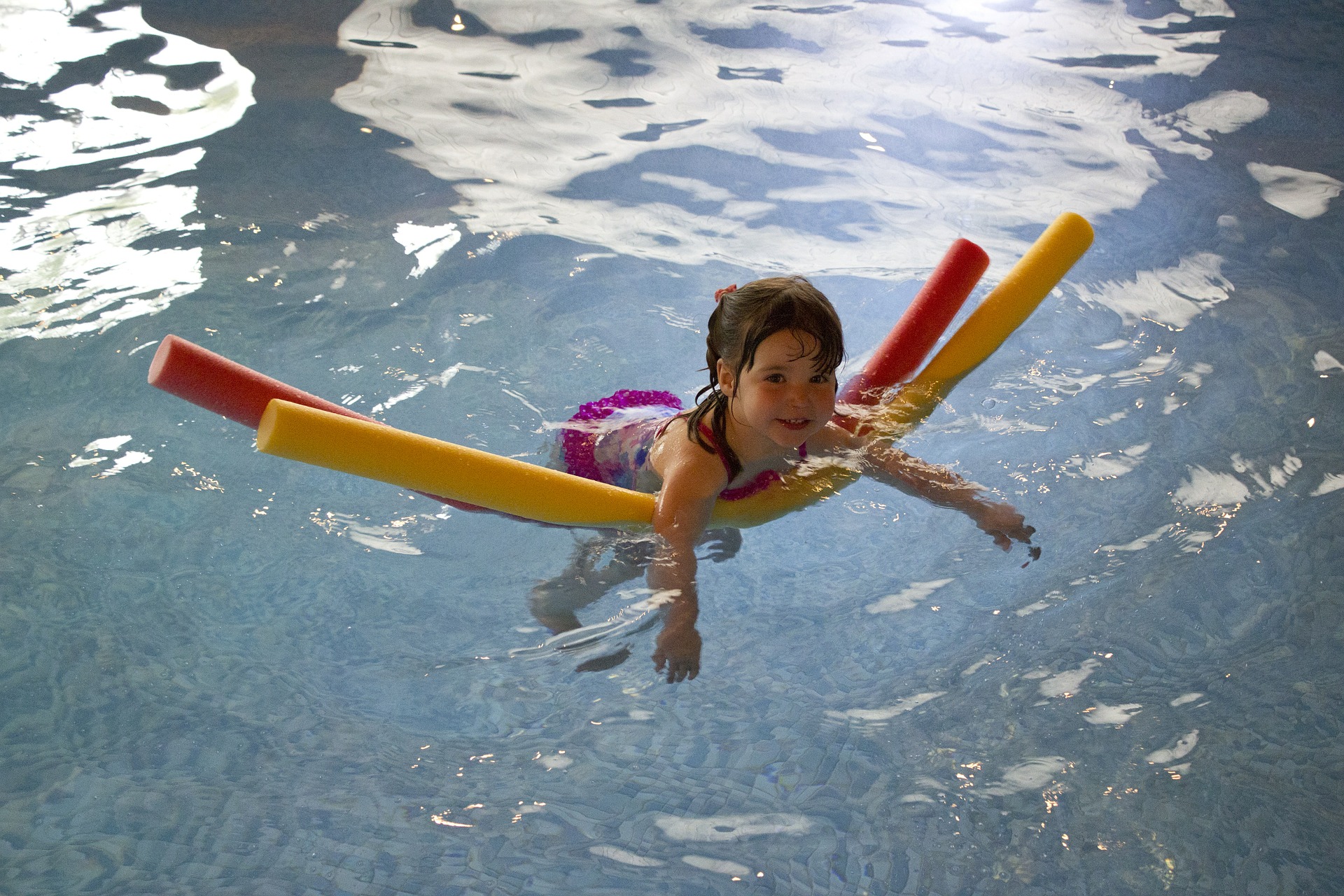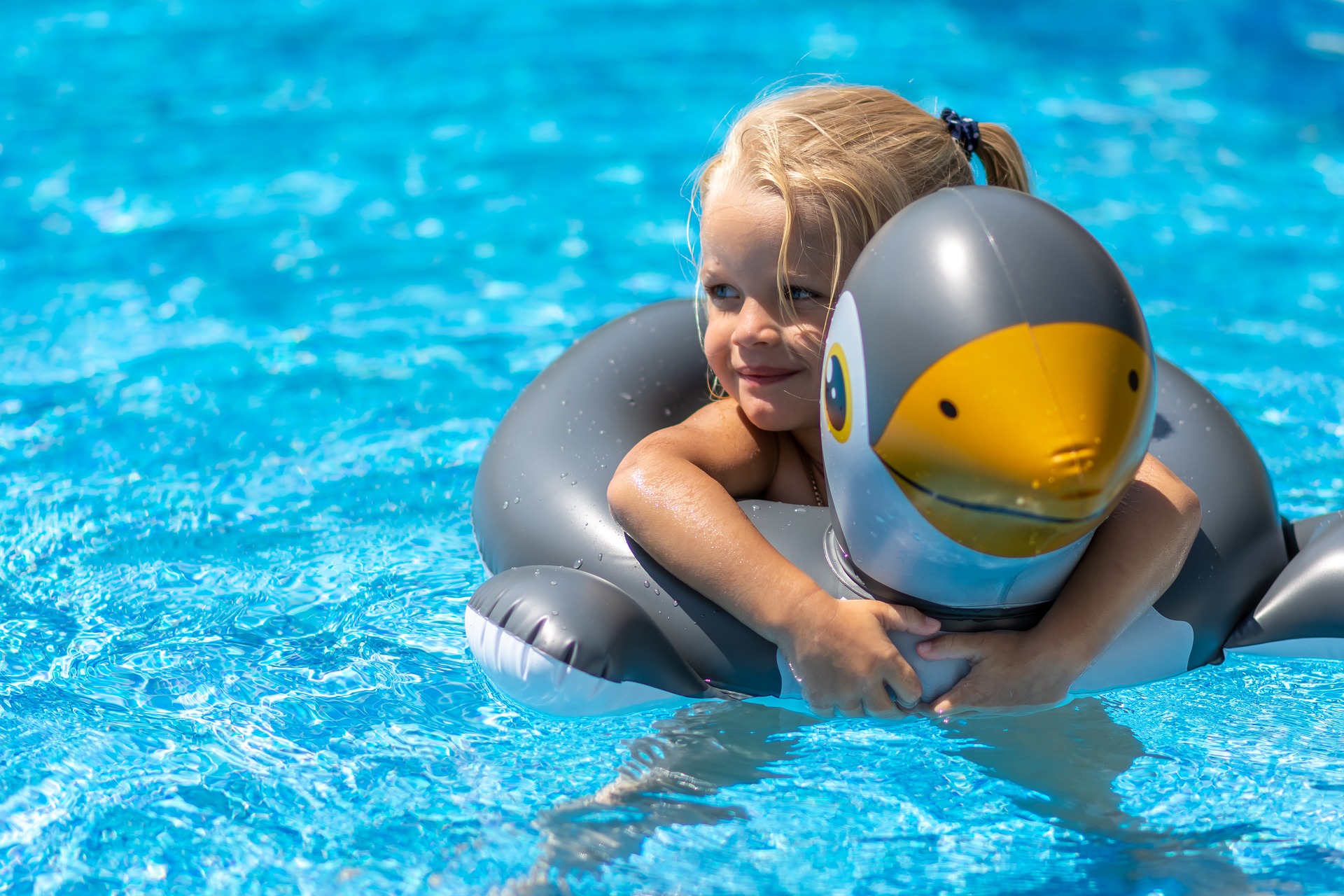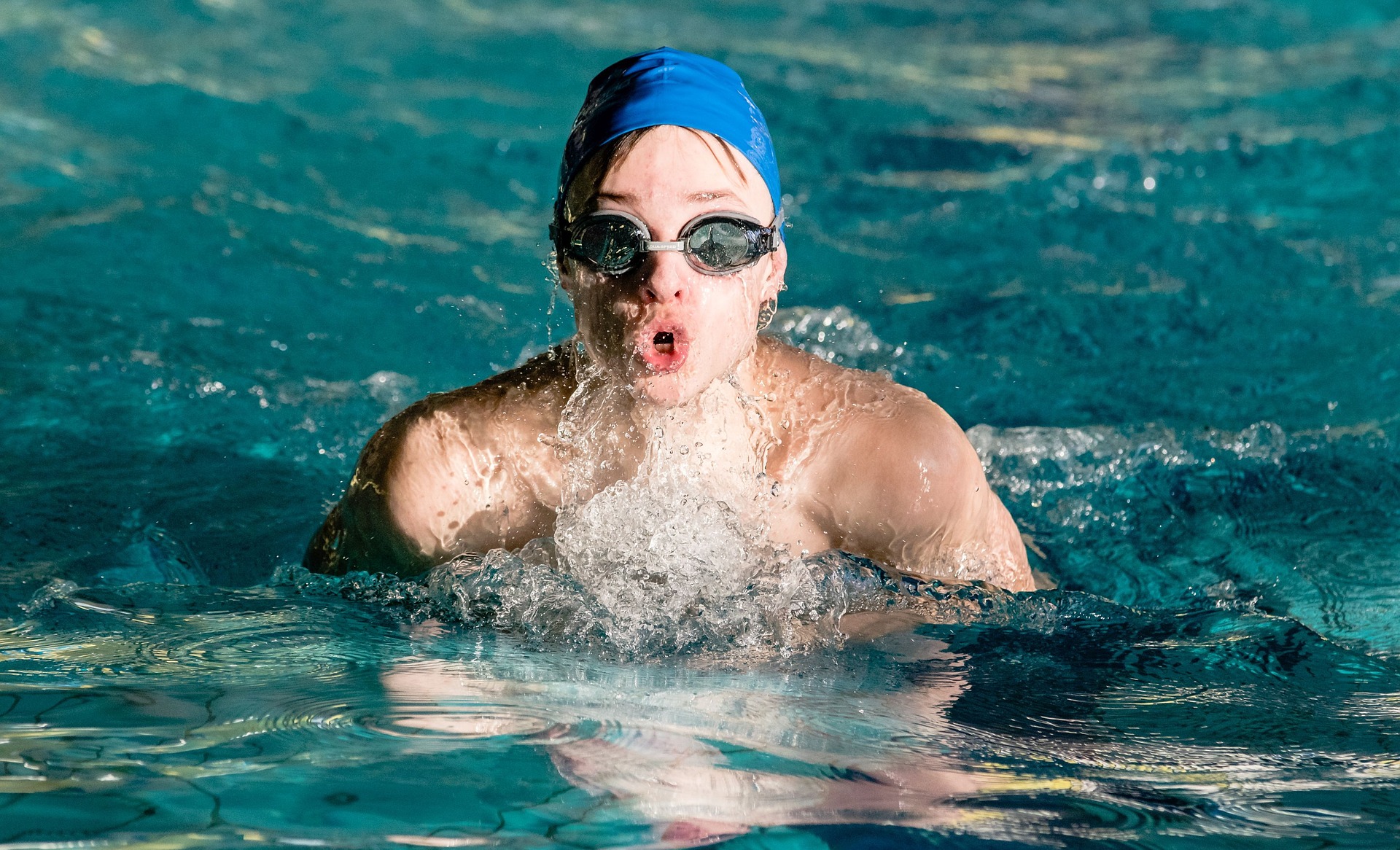
You may have heard terms such as threshold, threshold, FRIM, and FSOP in the swimming world. Now you want to know what it all means. We can help you understand the terminology and give you guidance on how to create great swim workouts for your group!
This guide will show you how to swim practice. Swim teams for beginners however, Many of these ideas can be used at all levels. This Athlete Approved Method combines education with fun. Our goal is for swimmers to learn and continue swimming.
“Beginner-level Swim Team” is defined as swimmers who are able to swim a legal lap free and back and have a good understanding of breast and fly.
 This guide will show you how to make swim workouts that are:
This guide will show you how to make swim workouts that are:
- Each week, focus on one thing: Butterfly, Backstroke, Breaststroke, Freestyle
- Warm-up!Be consistent.
- Teach: Make a progression.
- Exercise: Variable speeds and effort levels.
- Cool down gradually, lower your heart rate.
- Positive vibesSwimming is fun if you have fun.
- ConclusionMore resources for coaches and swimmers!
Each week, focus on one stroke. Begin with freestyle in week 1. Next, move on to week 2: breaststroke in week 3 and then week 4: butterfly. This allows you to keep the short-axis strokes, free and back, and the long-axis strokes, breath, and fly, together. This is also a medley relay sequence, which makes it easy to remember. You can reset after week 4.
A beginner SwimJourney’s Swimming School in Singapore might only be able to come to practice once or twice per week. Therefore, writing workouts for a swim using this method will ensure that every child has the chance to learn the strokes you teach each week.
These swimmers will train for 30 minutes to an hour. This ratio is used to manage practice time:
- Get warm up to 30%
- Teaching 30%
- Training 30%
- Warm down 10%
- SolutionYour heat should be consistent.
A routine can save you time and help your swimmers get in the water quickly. Your swimmers will be able to gauge how they feel that day. This will ensure that chaos doesn’t ensue when you focus on whatever else may arise.
For younger groups, try 5×50. You can add your personal touch to the above or adjust to 75 and 100. Here’s an example:
- 50 Free
- 50 Social KicksAsk your swimmers to share something they have learned from their teammates. TryKick boards for juniors kids, 20% off all Finis gear approved by Athlete Approved Readers
- 50 Pull – We recommend the Junior Pull Buoy(20% Discount on all Finis Gear for Athlete Approved Readers).
- 50 Swimmers Choose to Review a Workout Drill – This is a great way to check in and sees what they have retained.
- 50 Stroke that you are currently working on – This is an update that shows what we are doing.
- To determine who will be first, second, or third in each lane, assign swimmers a number. This will allow you to address all number one, two, and three issues together.
Start a swim by saying “All the number one’s, go!” If you’re still learning the names of the swimmers, this is a great way to start a swim.
Ask your swimmers for one important aspect of swimming. You might ask your swimmers to focus on one aspect of swimming, such as streamline, finishes or a more technical point that you have been teaching.
Check in with your child after each swim to ensure they are done. You may have to remind your young swimmers of Dori from Finding Nemo.
Collisions are the most common injury in swimming. Remind your children to swim in circles.
Tip for Athletes: When you are working on finishes, have your swimmers do a quick celebration when they get it right. This will make it more fun and rewarding. They will be able to visualize the real thing. It will also be fun for you! You’re invited to discover the latest TikTok trend.
A drill progression is a way to teach technique when you are writing your swimming workout. Choose three drills that flow well together. There are many drills available.
You can come up with the best drills, and let your swimmers name them. Here are some examples that we love to use.
- Freestyle Drill Progression Example
- Get on your side- Focus on the head and body positions.
- 6-Kicks or Switch – Timing and hip rotation.
- Set-up and Drive – Combine it all.
 Example of Backstroke Drill Progression:
Example of Backstroke Drill Progression:
- Kick Flat on the Back – Eyes in sky or ceiling (be sure they don’t bump their heads at the end of each lap).
- Supermodel Backstroke Rotate to the side, neutral, and then to the other side. As if you were a supermodel walking down a runway.
- One-Arm Backstroke – Work rotation.
- Breaststroke Drill Progression Example
- Breaststroke Kick on the Back – Prevents knees from moving forward.
- Breast Pull with Fly Kick – Pay attention to timing (pull…and then kick).
- One Pull and Two Kick Timing and Guide -.
- Worm Drill on the Front – Works andulation.
- Worm Drill on the Back Kicks should be equally up and down.
- Fly One Arm – Show how to kick when your hand pulls, and kick when your hand exits.
Tip for Athletes: Always give positive feedback.
- It’s as simple as this: “Keep your elbow up when you pull.”
- It’s not like this: “Don’t drop the elbow when you pull”
- Tell your athletes about what they’re doing well!
Use positive language
Incorporate the things you have learned above for the workout portion. Remember, it’s not a butterfly week. Freestyle is your base stroke.
Your swimmers may fall back to their old technique if they get tired. Beginners should be vigilant about their progress in time and technique.
This stopwatch is recommended by Athlete Approved Readers (20% discount on all Finis gear).
There is nothing worse than swimming in a series of unfocused swims. Incorporating:
- Descending – Swimmers become faster with each successive swim in a series.
- BuildingSwimming faster in one lap.
- Ascending Swimming is fast, but smooth.
- FRIM (Freestyle Internet Model)- Free, Back and Breast, Free (a favorite Coach Bob Bowman to keep Michael Phelps’ fly fresh).
- FSOP (Fastest Send-Off Possible) Choose a difficult time period.
- In and OutGetting in and getting out of the pool is a great way to increase athleticism. For shallow water, first, enter.
- Race Racing can bring out the competitive side of you and increase excitement.
Tip for Athletes: Do not use the term “Easy” In practice. It teaches swimmers how to disengage. Instead, use the word “Smooth”.
Allow your swimmers time to cool off after practice to lower their heart rate. You can mix and match strokes.
Allow them to create their own strokes and be creative. They will make new connections by “playing” in water and they will end on a high note.
Practice ends when all swimmers have reached the wall. As a team, ask them to wait for each other and then exit together. This will create a culture of cooperation. The team will encourage swimmers who take too long to finish to get up and go again.
 End the night with a shout of joy. The more you cheer, the better.
End the night with a shout of joy. The more you cheer, the better.
Use a calm and stern voice when correcting swimmers who are breaking the rules. When you are positive or for safety reasons (e.g. a collision due to not swimming correctly in a circle), don’t raise your voice.
Tip for Athletes: Swimming should be a privilege. Sit them out for a swim if they are not listening or acting in an inappropriate manner. For example, making them swim Fly is punishment.
Swimming should be a privilege and not a punishment.
You should not be strict at all times. You should be fun. Your swimmers will have fun, and they will improve as swimmers.
Every workout, make it a point of addressing every swimmer at least once to provide feedback. You can correct or reinforce what they are doing well!
The above guide will help make you a better coach. As you gain experience, develop your own style.
Remember, when working with children, you sometimes need to let go of your game plan and just follow the flow.
